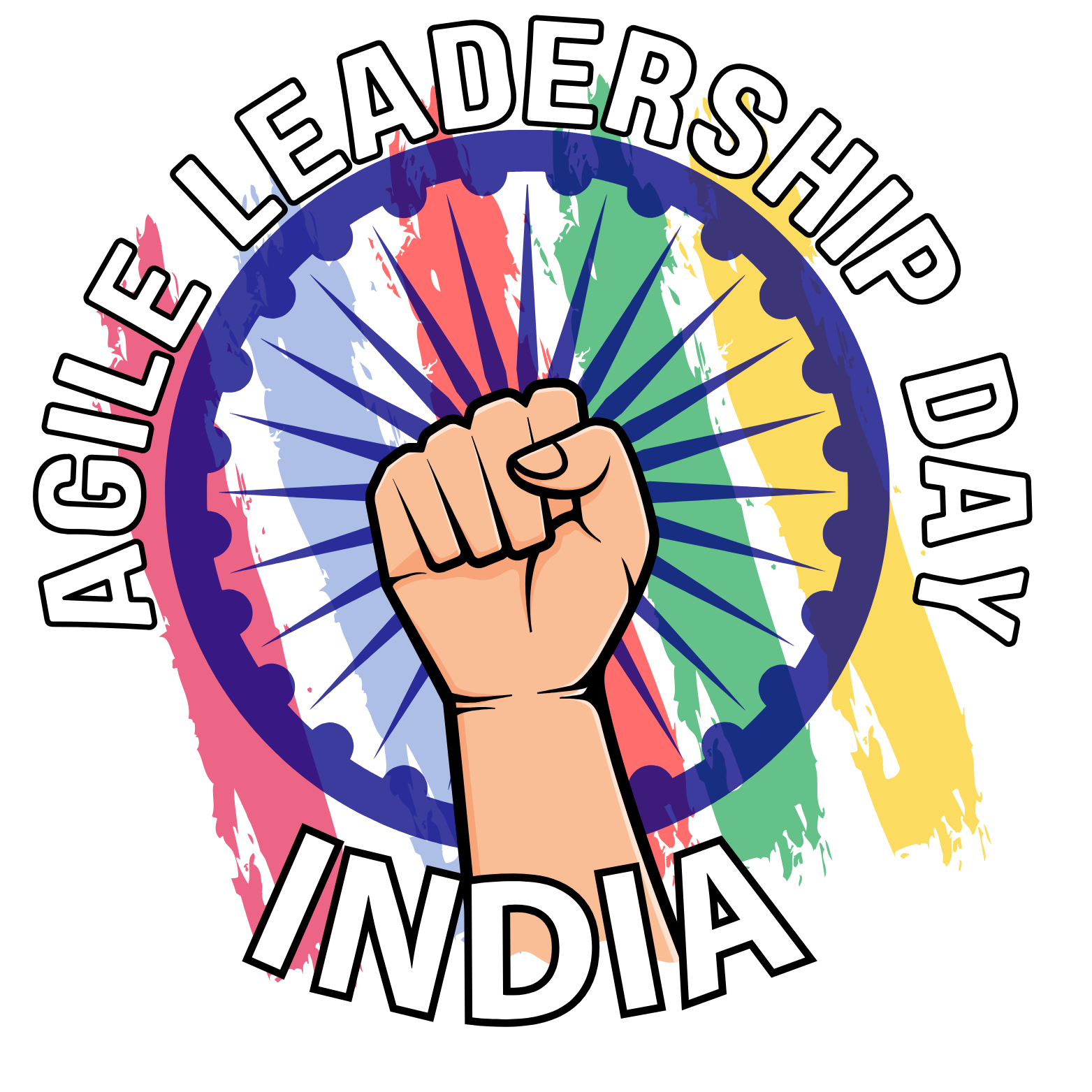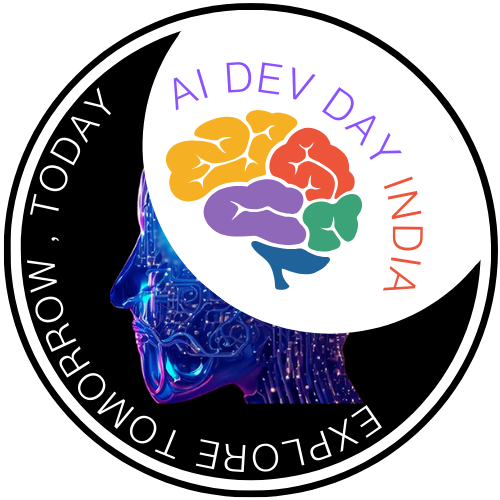OpenAI's 10 Gigawatt Gambit: 6 Revelations from the Chip Deal Reshaping the AI Industry
The news cycle is saturated with announcements of new AI models and capabilities, each more impressive than the last. But beneath the surface of these software breakthroughs lies a fundamental bottleneck: the immense, ever-growing demand for computing power. The race to build the next generation of intelligence is, first and foremost, a race to build its physical foundation.
In a move that redefines the scale of this race, OpenAI has announced a groundbreaking partnership with semiconductor leader Broadcom. This isn't just another hardware deal; it's a declaration of independence, a strategic move to control every layer of the AI ecosystem, from the fundamental logic on a silicon chip to the final answer delivered to a user. Together, they will design, develop, and deploy a new generation of custom AI infrastructure on a historic scale, with a multi-year rollout set to begin in the second half of 2026 and conclude by the end of 2029.
The Scale Isn't Just Big, It's Historic
The central goal of the partnership is to deploy 10 gigawatts of custom AI computing infrastructure. To put this number in perspective, 10 gigawatts is enough electricity to power over 8 million U.S. households. It is approximately five times the total power output of the Hoover Dam. This ambitious build-out is being framed as one of the "biggest joint industrial projects in human history." Yet, even at this unprecedented scale, leaders of the project soberly call this effort... "Still 'a drop in the bucket' compared to ultimate needs."
AI Is Now Designing Its Own Hardware
Perhaps the most fascinating aspect of this collaboration is the recursive feedback loop it creates: OpenAI is using its own advanced AI models to optimize the design of the custom chips they will run on. This marks a pivotal moment where AI begins to shape its own physical substrate.
The tangible results are already significant. By applying its models to the chip design process, OpenAI has achieved "massive area reductions" and compressed development timelines, turning months of human design work into much shorter periods. Human experts who validate the AI's solutions confirm that while the optimizations are discoverable, they are often things that would have been "20 things down on their list," taking much longer to find manually.
"You take components that humans have already optimized and just pour compute into it, and the model comes out with its own optimizations." — Greg Brockman, President of OpenAI
The Counterintuitive 'Demand Paradox': Why They Can Never Have Enough
Underpinning this entire strategy is a counterintuitive economic engine OpenAI calls the "Demand Paradox." This principle explains why the need for computing power seems to grow faster than the ability to supply it, even as technology becomes more efficient. The paradox is simple: every 10x improvement in the efficiency of AI models results in a 20x increase in usage and demand. As AI gets faster, cheaper, and better, it unlocks new applications and attracts more users, causing the overall demand for compute to skyrocket.
The Endgame Is a 24/7 AI Agent for Every Person
This insatiable demand isn't arbitrary; it's driven by a vision so ambitious it makes the paradox inevitable. The long-term goal extends far beyond making today's chatbots faster to a future where every person has a dedicated, persistent AI agent running 24/7 in the background. Unlike today's interactive models that wait for a user's prompt, these agents would work continuously and proactively to help users achieve their personal and professional goals. This vision, which could eventually encompass 10 billion individual agents, requires an "astronomical" amount of compute. The 10-gigawatt project is a foundational step toward building the global infrastructure necessary to support this future.

They're Building Custom Chips Because No One Would Listen
OpenAI's decision to co-develop its own chips was born from frustration. The company actively engaged with numerous chip startups, providing detailed feedback and strategic guidance on the future architectural needs of advanced AI models. However, they found that many of these startups "simply didn't listen" to their predictions about where the field was headed.
This industry resistance was not just a frustration; it was a strategic impasse. As Broadcom CEO Hock Tan notes, building your own chips means "controlling your own destiny." This shared strategic belief transformed OpenAI’s need for influence into a decisive move to bring development in-house, ensuring they could build the specific, highly optimized hardware their long-term vision required.
The Ultimate Metric Isn't Speed, It's "Intelligence Per Watt"
As AI systems scale to unprecedented sizes, raw processing speed gives way to a new, more critical bottleneck: energy efficiency. The ultimate measure of success is no longer just about performance but about the efficiency with which that performance is delivered. OpenAI’s core optimization strategy is built around maximizing "intelligence per watt."
The key to achieving this is full vertical integration, controlling the entire technology stack from the AI model's architecture down to the transistors on the chip. This holistic approach allows for optimizations at every layer that would be impossible with off-the-shelf components. Crucially, this focus on efficiency isn't just a technical challenge; it's the key to making AI a ubiquitous, cost-effective utility.
"...melting sand, running energy through it, and getting intelligence out the other end." — Sam Altman, CEO of OpenAI
The OpenAI and Broadcom partnership signals a fundamental shift in how the infrastructure for intelligence will be built. This is more than a supply-chain deal; it is the moment OpenAI transitioned from a consumer of infrastructure to a creator of it, fundamentally changing its role in the industry. By taking control of their own silicon destiny—and using their own AI to do it—OpenAI is not just solving a hardware problem; it is vertically integrating the creation of intelligence itself.




